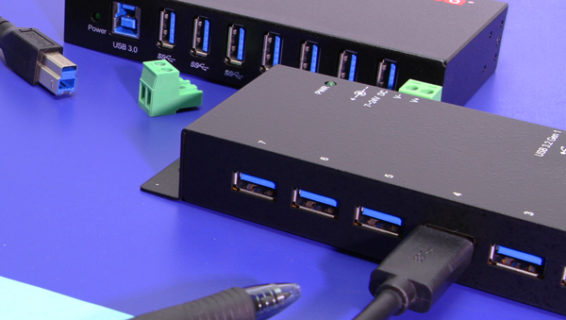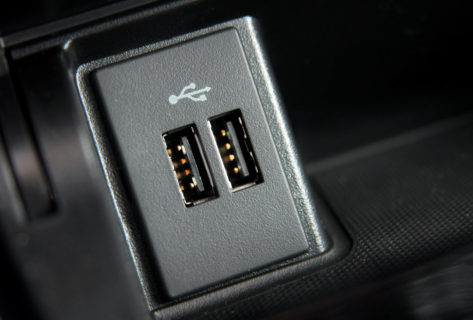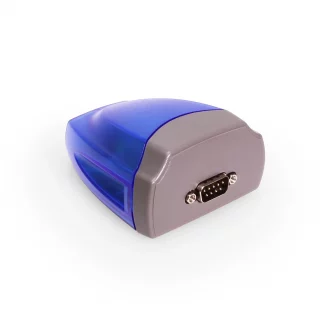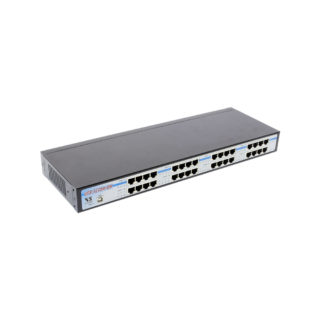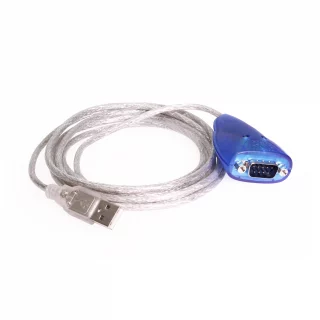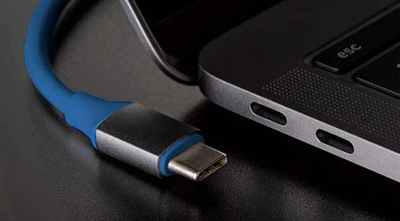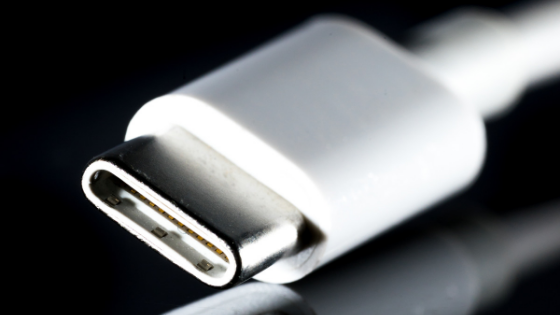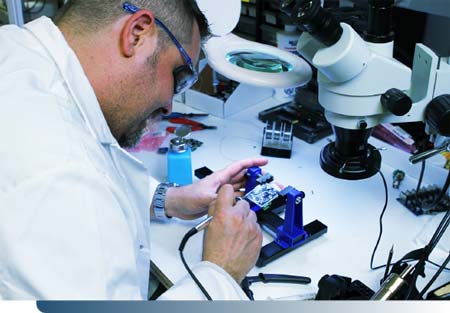Serial communication has long been popular and widely used when wanting to send data with few connections and high degrees of reliability. Even with the rise of USB (Universal Serial Bus) ports over the last several decades, the older serial communication technology has remained an important part of industrial communications landscapes due to its reliability, cost-effective simplicity, and widespread use.
Serial data communication is still a vital interface for millions in applications, especially in industrial settings where legacy device communication can still be highly effective and useful. Converters allow one to successfully and relatively easily integrate the older serial communication hardware and wiring with modern computers and devices that are primarily built with USB connectivity today. However, some devices still have RS232, RS434, and RS485 ports, including a wide range of industrial automation network equipment, printing equipment, and some digital cameras. This makes USB to Serial converters highly valuable for many, and in relatively high demand.
However, this demand creates a scenario where many cheap and knock-off converters can be found in the market. It’s important to understand the legacy technology in order to appreciate why high-quality converters are so different from lower quality ones, and when and where to use them.
Simple & Resilient Technology
Serial communication’s great advantage is the simplicity of the design of the 8-bit byte and transmitting them one bit at a time through a single wire. The cables used for this technology are thus much less complex and much more affordable, and the protocol controlling the communications is much simpler than other protocols. As you might imagine, this method does slow communication speeds down significantly, compared to a parallel port, which was developed after the serial port, and which sends data by utilizing multiple signals in a parallel fashion through the wires.
Function of Serial Communication
Using serial communications relies on bits. A serial transfer of 8 bits via the wire along with control bits:
- Start bits, which indicate that data is arriving
- Stop bits, which signals that data transfer is complete
- Optionally, a Party bit may also be used
The UART, or Universal Asynchronous Receiver/Transmitter is the brain of the data transmission operation. By interfacing between the serial port and the internal computer bus’s parallel communications, UART chips are the essential higher-level component. Some chips will store large amounts of data from the computer and simultaneously transmit onto standard serial ports. By taking the parallel output of the computer’s system bus and translating it into the serial form so that it may be transmitted through the serial port, the UART chips act as controller chips, performing perhaps the most important functions of the adapter.
In order to increase speeds, UART chips that are well made will have a buffer built-in. Integrating a buffer of 16 to 64 kilobytes, on average, gives the chip the ability to cache incoming data delivered from the system bus at the same time that it is processing data going out via the serial port. Standard serial communication ports will have a max transfer rate of approximately 115 kbps (kilobits per second). Higher capacity and speed ports will run as high as 460 kbps.
Today, serial port connectors vary between common iterations physically. 9 and 25 pin connectors are standard. Each individual pin is specifically dedicated to a certain data and control function which, when first created, gave serial data the useful capacity and ability to transmit and receive simultaneously, or in full-duplex. This design is telling of the original or primary uses of serial communication: connecting modems to computers.
Specific pin functions include:
- DTR, or Data Terminal Ready
- DSR, or Data Set Ready
- RTS, or Request To Send
- CTS, or Clear To Send
Flow Control
DTR, DSR, RTS, and CTS allow the device to tell another device to stop sending data. This is known as “flow control”, and it is an essential concept in serial communications. When a modem, for example, is overrun with data transmitted by serial communication from a computer, flow control kicks in, stopping the flow of data, and enabling its buffer to help it to catch up. Using the listed functions above, this process is constantly checked in on by the computer, allowing a smooth flow of data without overburdening other devices. The monitoring of the lines of communication allows devices attached to your computer to react to unexpected increases in data that are too large for the cache system (discussed earlier) to handle.
This reliable, smooth flow of data is what makes quality devices that convert between USB and serial communications (RS232, RS434, RS485). It is what can be expected of high-quality converters. Because of the data capacity disparities between USB and serial communications, top-quality chipsets are of the utmost importance.



